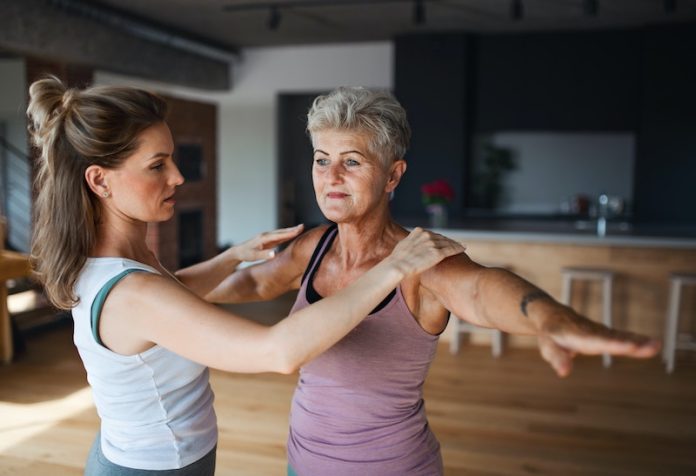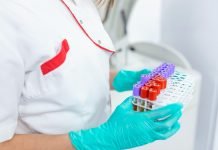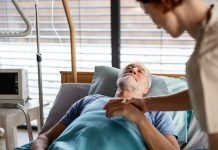
Many patients in the United States aren’t getting the rehabilitation they need after suffering a stroke.
A recent study led by UCLA researchers highlights the stark reality: despite strong evidence emphasizing the benefits of more rehabilitation, many patients aren’t getting enough of it.
The Crucial Period after a Stroke
A stroke can lead to long-term disabilities, affecting an individual’s ability to speak, remember, move, and more.
The weeks following a stroke are particularly crucial for recovery. During this period, the brain is in its prime state to rewire itself and regain lost functions.
Dr. Steven Cramer, a stroke specialist and the study’s lead author, pointed out, “In the initial weeks after a stroke, the brain is ready to undergo maximum rewiring to get people back on their feet.
Rehab therapy helps maximize this recovery. However, most patients are getting rather small doses of rehab therapy.”
Key Findings from the Study
A significant number of stroke patients don’t get any rehab therapy. Three months post-stroke, one-third hadn’t received physical therapy, almost half hadn’t had any occupational therapy, and a staggering 60% hadn’t received speech therapy.
Those who did get therapy typically had only six to eight sessions in the three months following their stroke. For the rest of the year, they had almost no therapy sessions.
The place a patient went after their hospital stay played a role. Those sent home received the least amount of rehab therapy, no matter how severe their stroke was.
Worryingly, Hispanic patients received notably less physical and occupational therapy compared to other groups.
Addressing the Gap in Care
The study underscores the need for a significant change in how post-stroke rehabilitation is approached. The current shortfall could mean many patients miss out on the best possible recovery outcomes.
Dr. Cramer suggests that future studies need to look into how to provide higher doses of therapy to stroke patients.
There’s a clear window of opportunity in the immediate aftermath of a stroke where the right interventions can make a huge difference.
Ensuring every patient gets the best chance at recovery isn’t just a matter of medical best practice—it’s about giving individuals the chance to regain their independence and quality of life.
If you care about stroke, please read studies about what to eat for stroke prevention, and COVID is not just a respiratory illness, it can cause strokes too.
For more information about stroke, please see recent studies about how anxiety and PTSD can strongly change your brain, and results showing 7-year-old with cancer had a stroke. Mom’s rapid response saved her.
The study was published in Stroke.
Follow us on Twitter for more articles about this topic.
Copyright © 2023 Knowridge Science Report. All rights reserved.




